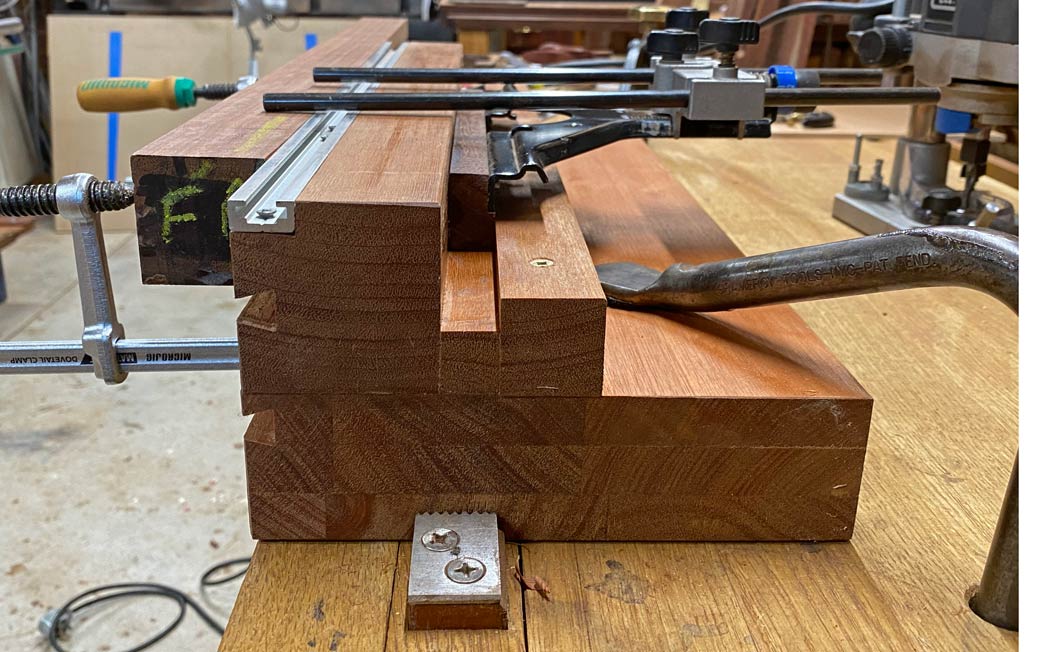One way of getting a super clean exit on a through mortise (with a mortiser) is to mortise almost all the way through, drill an access hole through the bottom, and clean up the other side with a flush cutting bit. You still have some small corners to deal with, but that’s quick work with a chisel.




 Reply With Quote
Reply With Quote







